Custom Online 3D Printing Services
Get instant online quotes for 3D printed parts in both plastics and metals. Order high-resolution rapid prototypes and production parts with precision, achieving tolerances as fine as ±0.2 mm. RapidTools is certified under ISO 9001:2015, ISO 13485, ISO 14001:2015, and IATF 16949:2016, ensuring top quality and compliance.
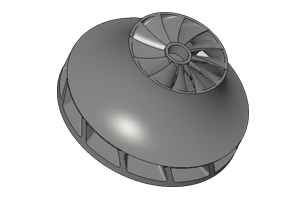
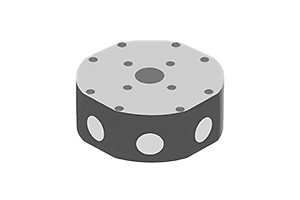

Start A 3D Printing Quote
STEP | STP | SLDPRT | IPT | PRT | SAT files
- All uploads are secure and confidential.
3D Printing Services for Custom Prints
Arapidtools’s custom 3D printing services are designed to meet your exact needs. From rapid prototypes to full-scale production parts, we deliver custom 3D printed parts with speed and precision. Our advanced technologies, including SLA, HP MJF, SLS, and SLM, ensure high-quality 3D printing processes that maintain tolerances as fine as ±0.2 mm. Trust our 3D printing experts for reliable, high-resolution parts that meet your exact specifications.
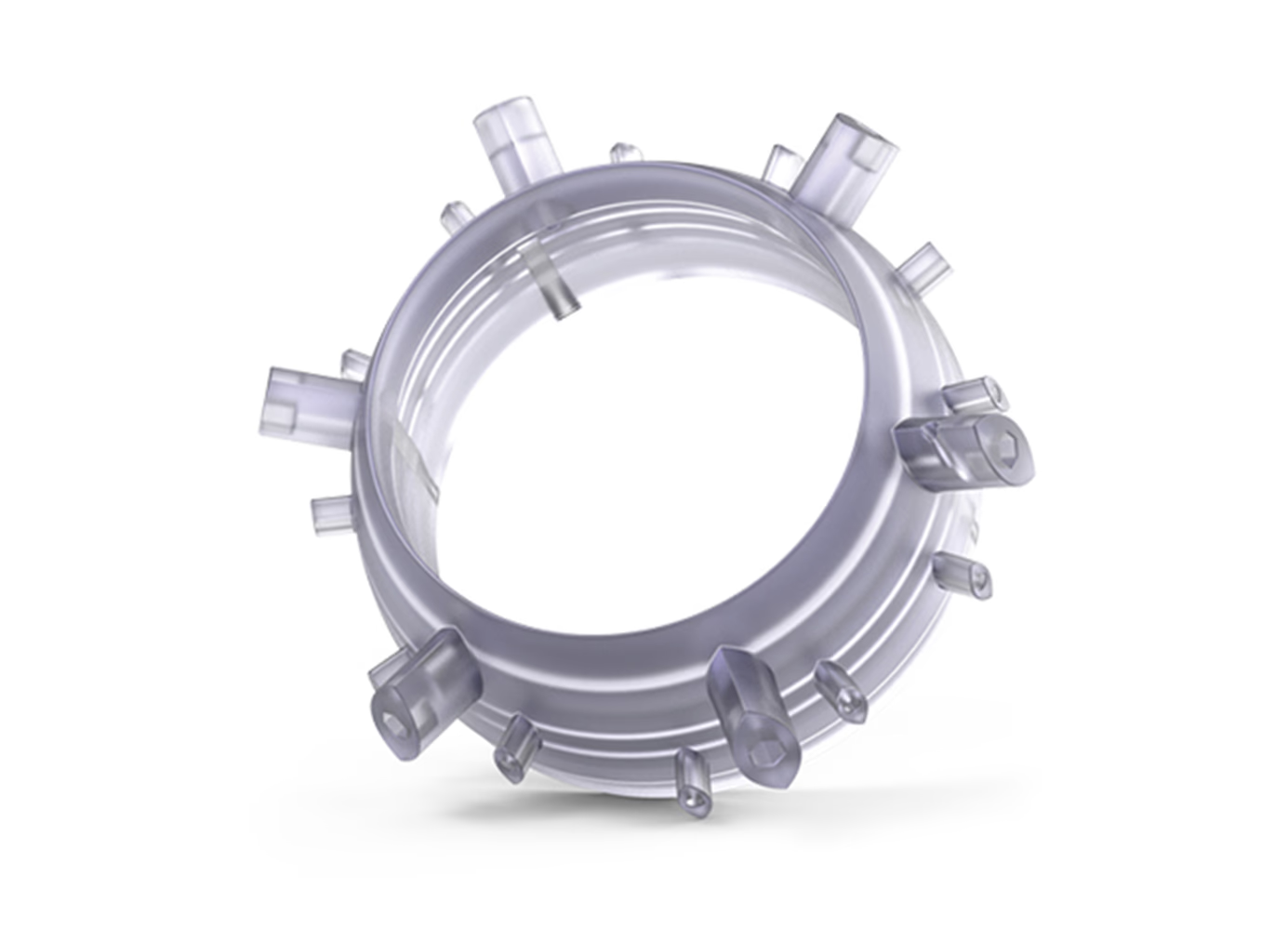
Stereolithography (SLA)
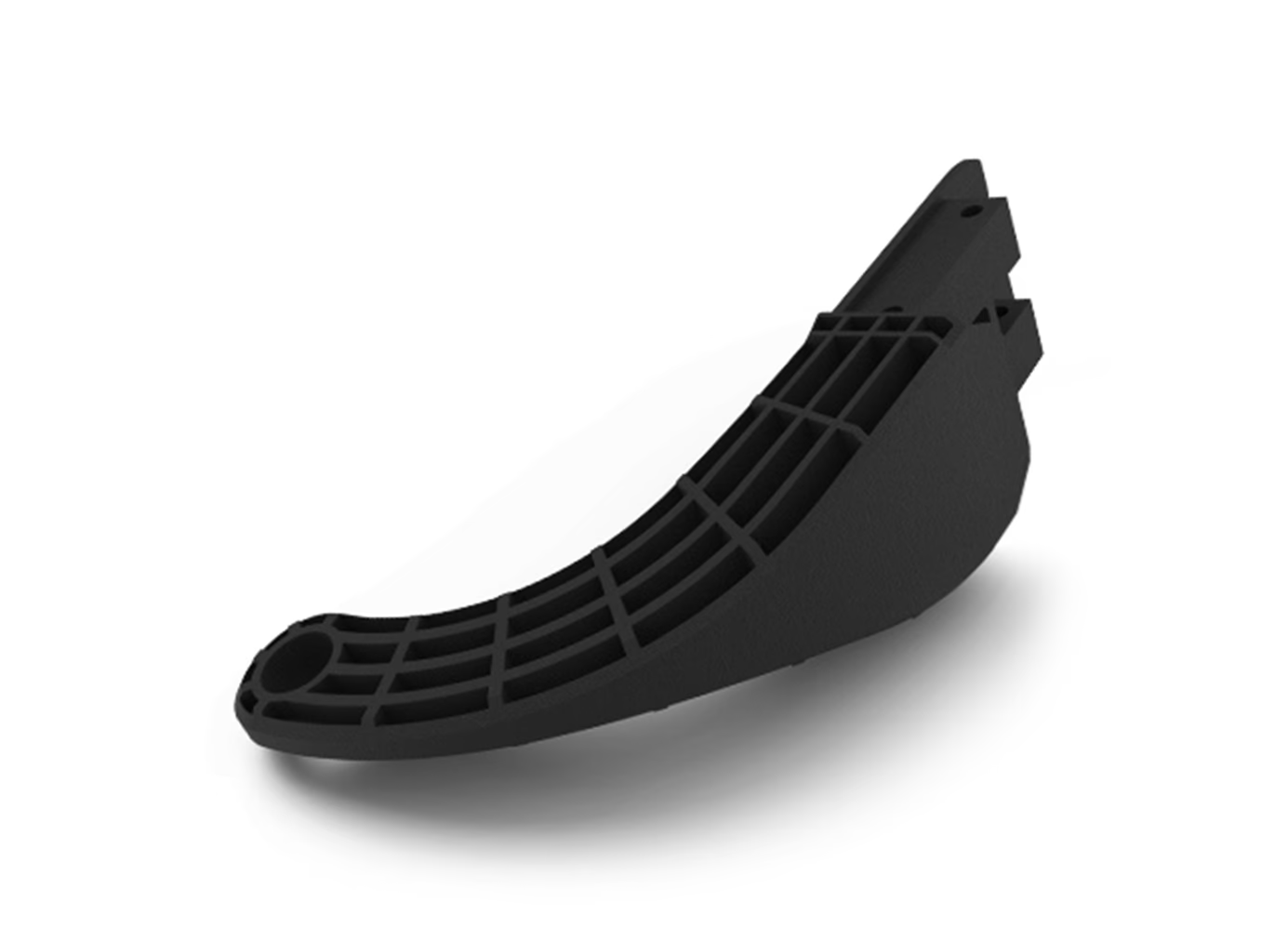
Multi Jet Fusion (MJF)
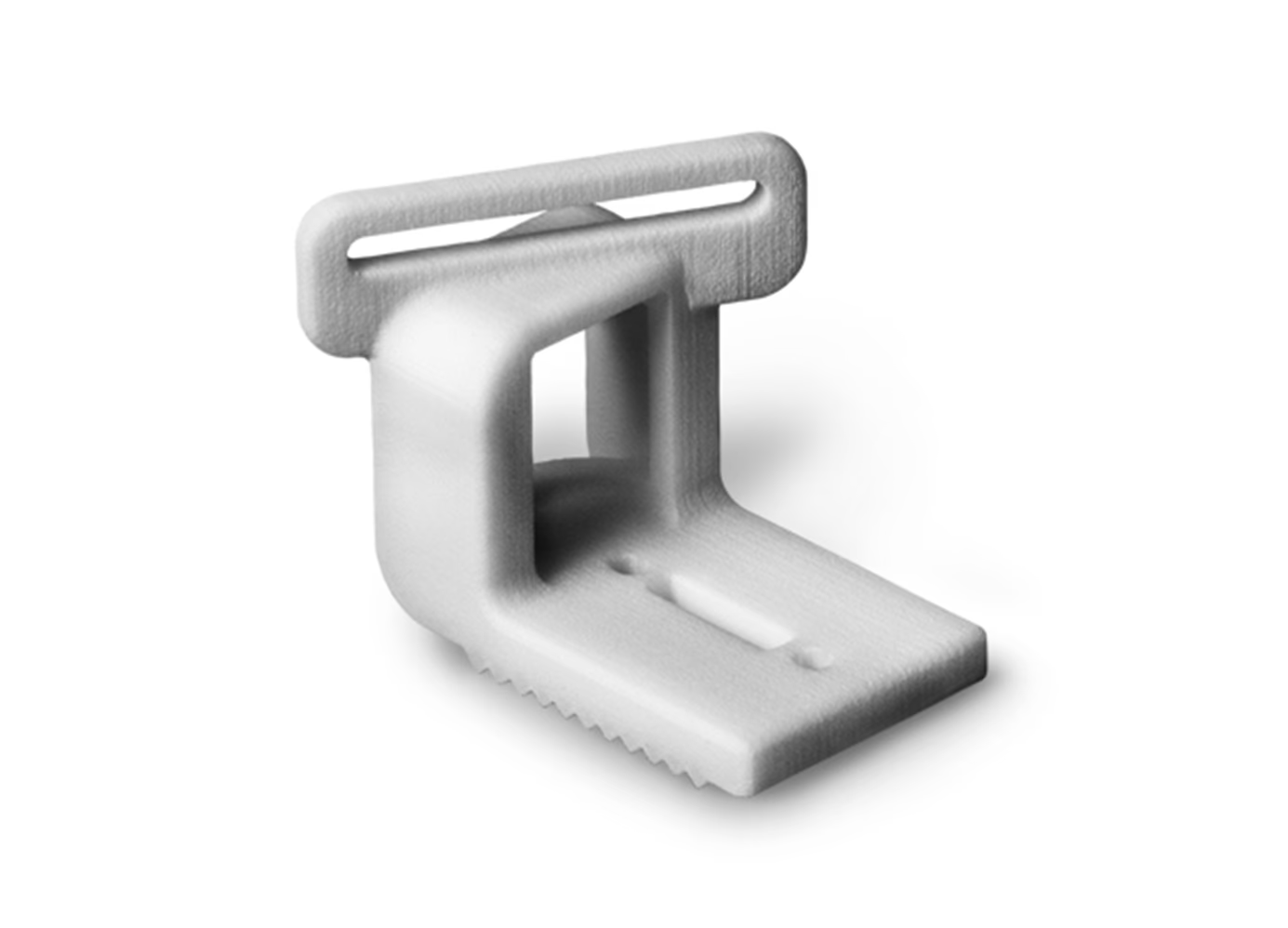
Selective Laser Sintering (SLS)
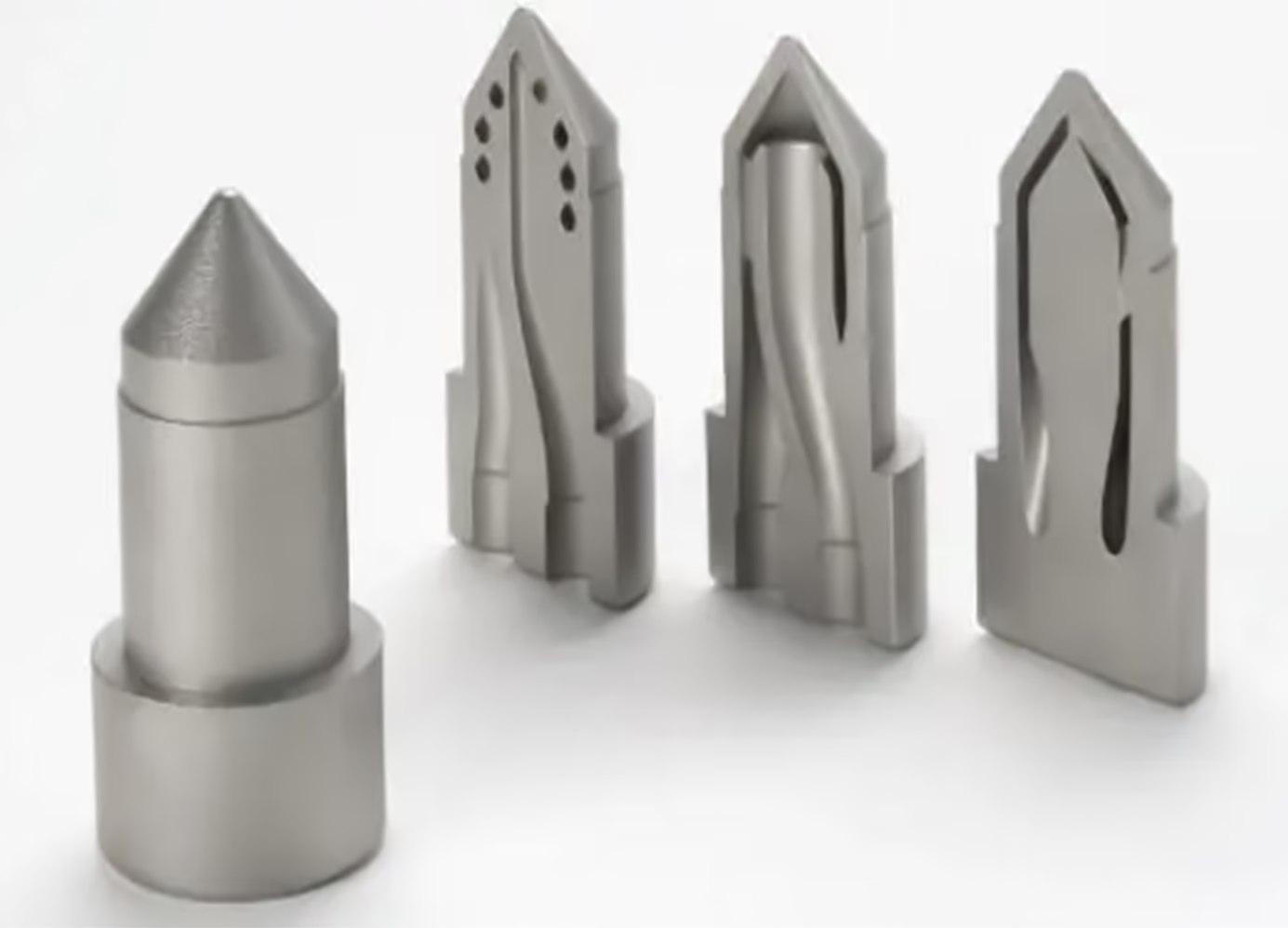
Selective Laser Melting (SLM)
Arapidtools 3D Printing Solutions
PROTOTYPING
3D Printing
Start your project with our fast 3D printing service. Ideal for creating detailed prototypes and custom parts quickly, we use advanced technologies to deliver high-quality, high-resolution prints with precise tolerances.
- Iterate and refine your designs rapidly to ensure perfect results.
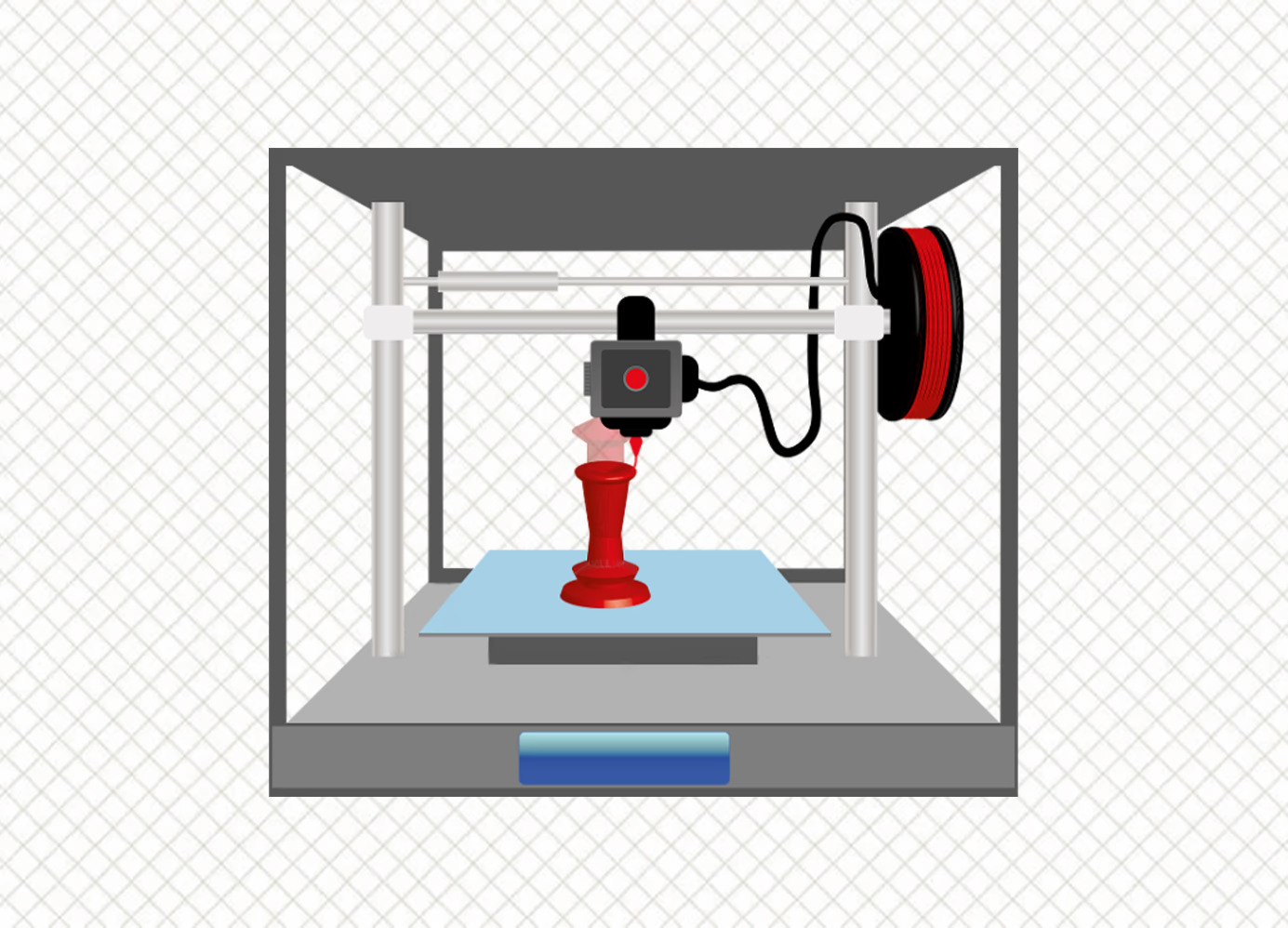
Low Volume Production
Urethane Casting
Our urethane casting service bridges the gap between prototyping and mass production. It’s ideal for low to medium-volume production, creating durable, high-quality parts with excellent surface finish and detail.
- For market testing and initial product launches.
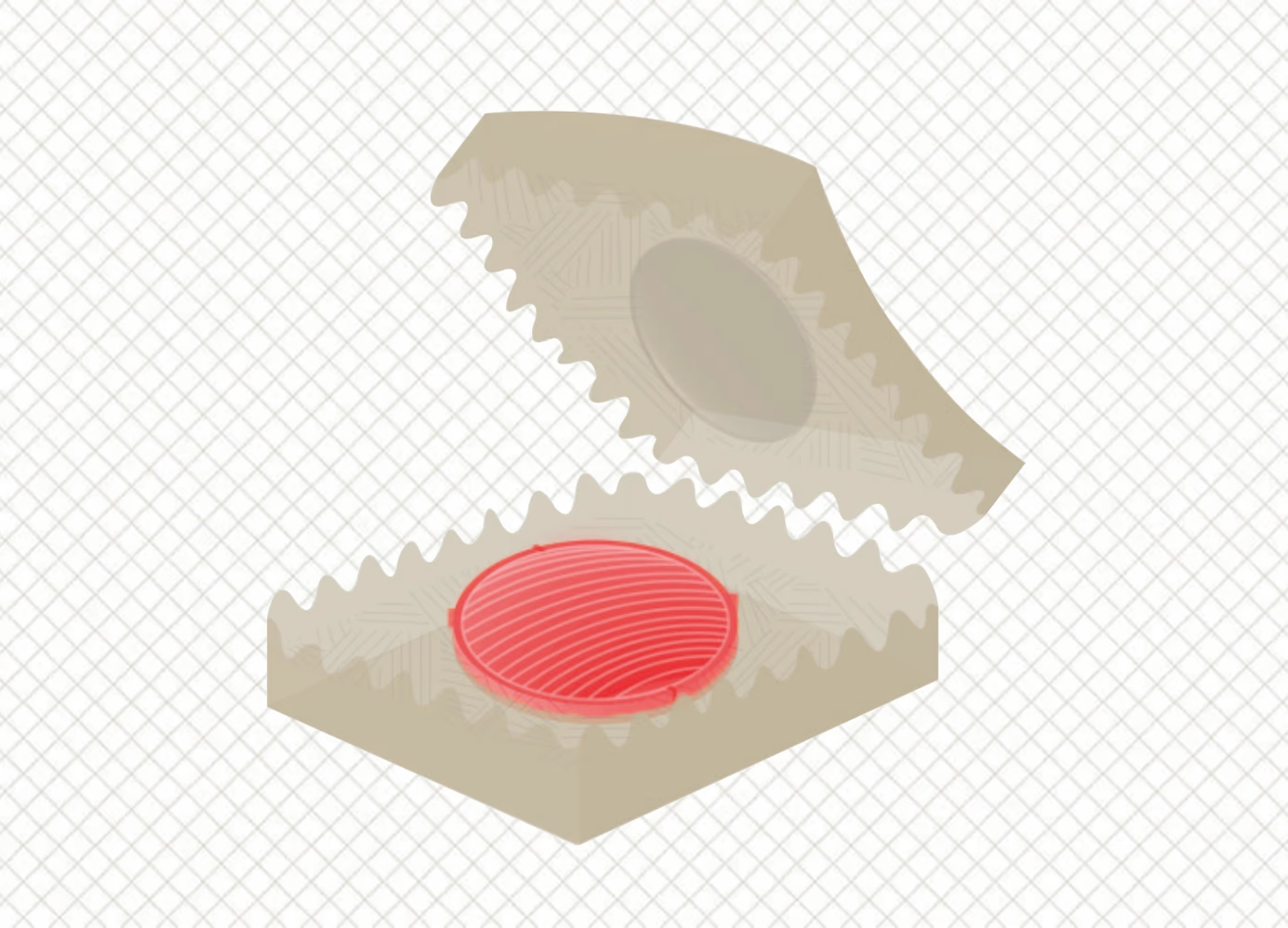
High Volume Production
Injection Molding
For large-scale production needs, our injection molding service is the optimal choice. It efficiently produces high volumes of parts while maintaining consistent quality and precision.
- Cost-effective process for mass production.
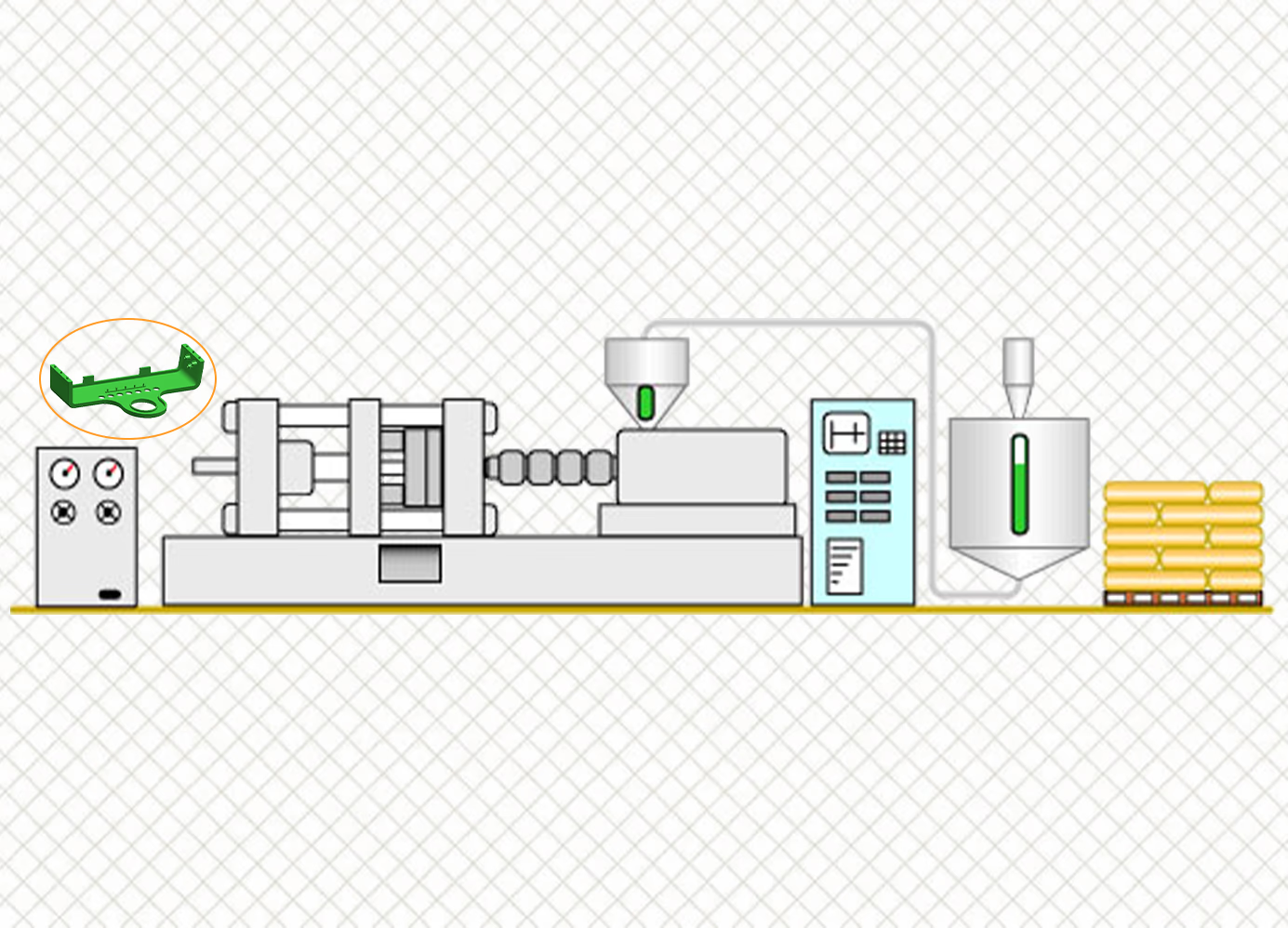
How Does Arapidtools 3D Printing Services Work
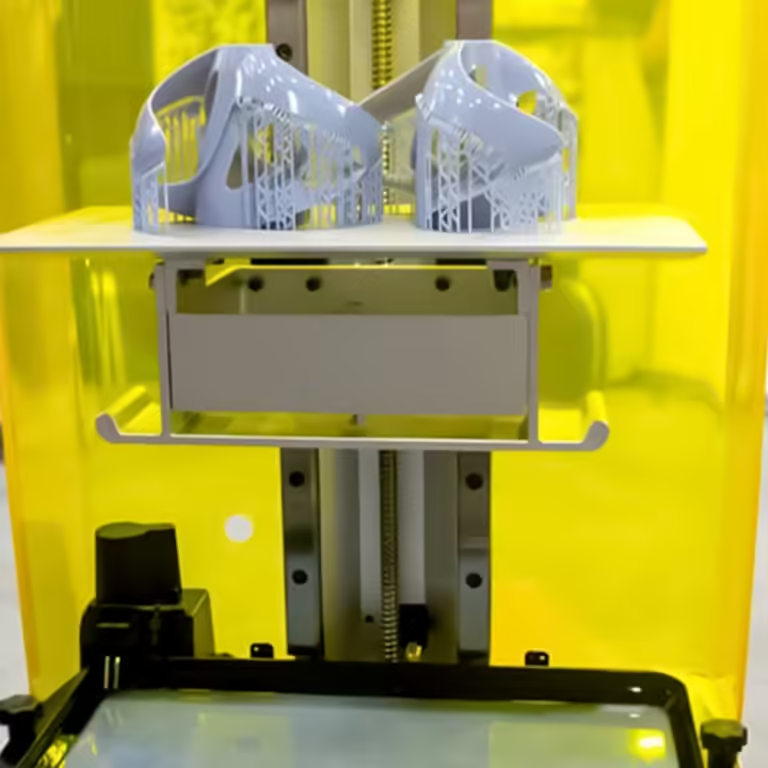
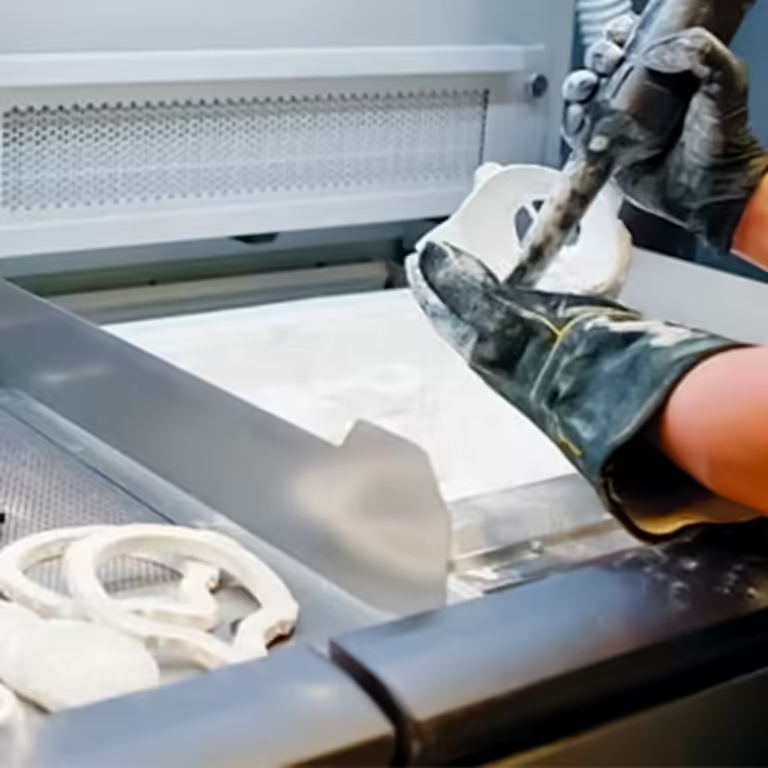
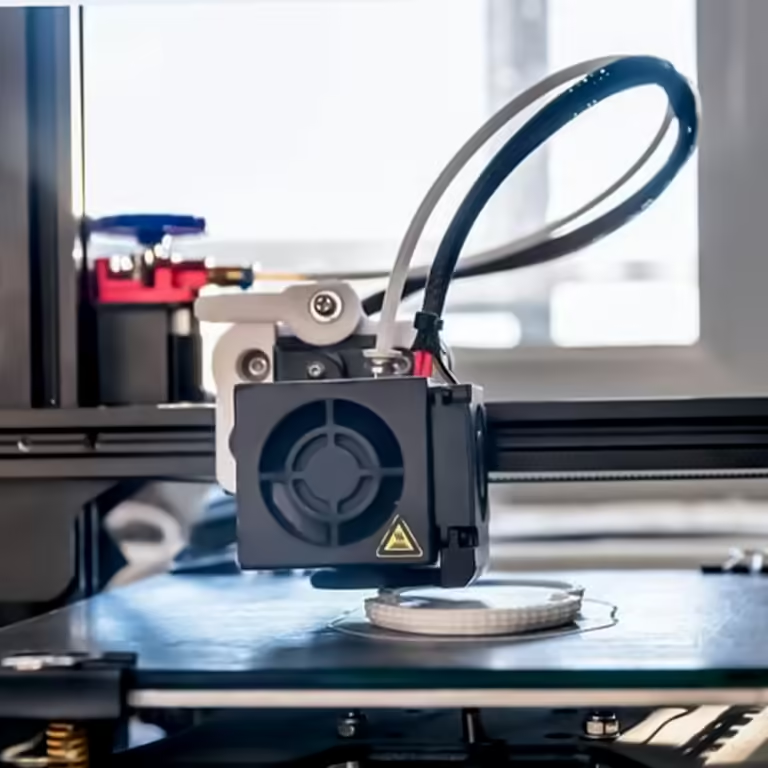
Arapidtools operates a network of over 30 3D print shops, allowing for efficient production of both intricate prototypes and large volumes of production-grade parts. We construct objects layer by layer from digital models, with each component undergoing rigorous production and inspection to meet high manufacturing standards. Our commitment to quality ensures that every custom 3D printed part aligns perfectly with your specifications, achieving excellence with every order.
materials
3D Printing Materials
Our material selection includes plastic and metal options such as ABS, PA (Nylon), Aluminum, and Stainless Steel, suitable for various industrial custom 3D printing projects. If you have unique material requirements, simply choose ‘Other’ on our quote configuration page. We’re committed to sourcing exactly what you need.
Metals
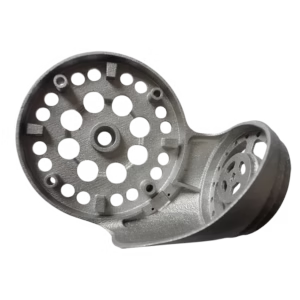
Lightweight yet strong, aluminum is favored for its excellent strength-to-weight ratio and natural corrosion resistance. Ideal for aerospace and automotive applications.
- Aluminium (AISi10Mg) Silver Grey
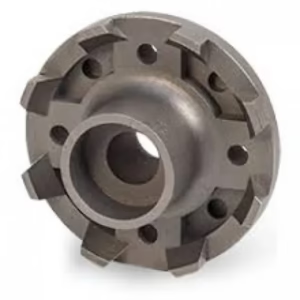
Highly durable and resistant to corrosion and heat, stainless steel is suitable for both functional parts and detailed, high-strength components in demanding environments.
Plastics
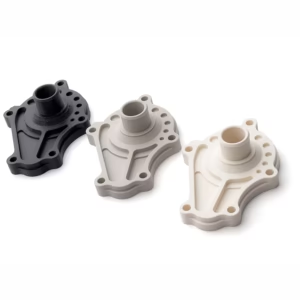
A strong, durable plastic popular for its high resistance to heat and impact. Ideal for functional prototypes and end-use parts.
- ABS-Like Resin Black
- ABS-Like Resin Creamy White
- ABS-Like Resin Yellow (High Toughness )
- ABS-Like ResinTranslucent
- ABS-Like ResinTransparent

Known for its flexibility and toughness, nylon is perfect for parts requiring high resistance to wear and abrasion. It’s also lightweight and has a low friction coefficient.
- Nylon Black (High Temperature Resistant 110 ℃)
- Nylon PA12 White
- Nylon PA12-Black
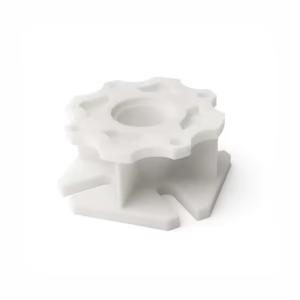
Polycarbonate is a versatile material choice that stiff parts with excellent heat deflection. Multiple polycarbonate-like materials are available through our stereolithography (SLA) process.
- Accura 60
- Accura 5530
- PerFORM (Ceramic-like Advanced High Temp)
3D PrintingPost Processing
Post-processing enhances the appearance and functionality of 3D prints by providing a smooth finish, vibrant colors, or added durability. It’s ideal for visible or functional components but may be unnecessary for rough prototypes or internal parts where aesthetics are not a priority.
As-machined

Ldeal for functional prototypes or internal components without aesthetic requirements.
Painting

Enhances visual appeal and durability with various color options and surface protection.
Polishing

Reduces roughness for a smoother, more visually pleasing surface on visible parts.
Electroplating

Adds a metal coating to increase strength, wear resistance, and conductivity.
RapidTools 3D Printing Capabilities
We offer a detailed overview of the unique standards for each 3D printing process, helping you make informed decisions for your printing needs.
| SLA | MJF | SLS | SLM | |
| Min. Wall Thickness | 0.6mm for unsupported walls, 0.4mm for supported walls on both sides | At least 1mm thick; avoid overly thick walls | From 0.7mm (PA 12) to 2.0mm (carbon-filled polyamide) | 0.8 mm |
| Layer Height | 25 µm to 100µm | Around 80µm | 100–120 microns | 30 – 50μm |
| Max. Build Size | 1400x700x500mm | 264x343x348mm | 380x280x380mm | 320x320x400mm |
| Dimension Tolerance | ±0.2mm (For >100mm, apply 0.15%) | ±0.2mm (For >100mm, apply 0.25%) | ± 0.3mm (For >100mm, apply 0.35%) | ±0.2mm (For >100mm, apply 0.25%) |
| Standard Lead Time | 4 business days | 5 business days | 6 business days | 6 business days |
3D Printing for Various Industries
Our services extend across various industries, including automotive, aerospace, and healthcare, offering versatile and adaptive solutions for every sector.
What’s 3D Printing?
3D printing, also known as additive manufacturing, is a revolutionary technology that creates three-dimensional objects from digital files by adding material layer by layer until the final object is formed. Unlike traditional manufacturing methods, which typically involve subtracting material from a larger block, 3D printing enables the creation of complex geometries and intricate details with minimal waste. This technology is widely used across various industries, including prototyping, product development, medical implants, and aerospace components. 3D printing offers significant advantages in customization, speed, and cost-effectiveness, making it an essential tool in modern manufacturing.
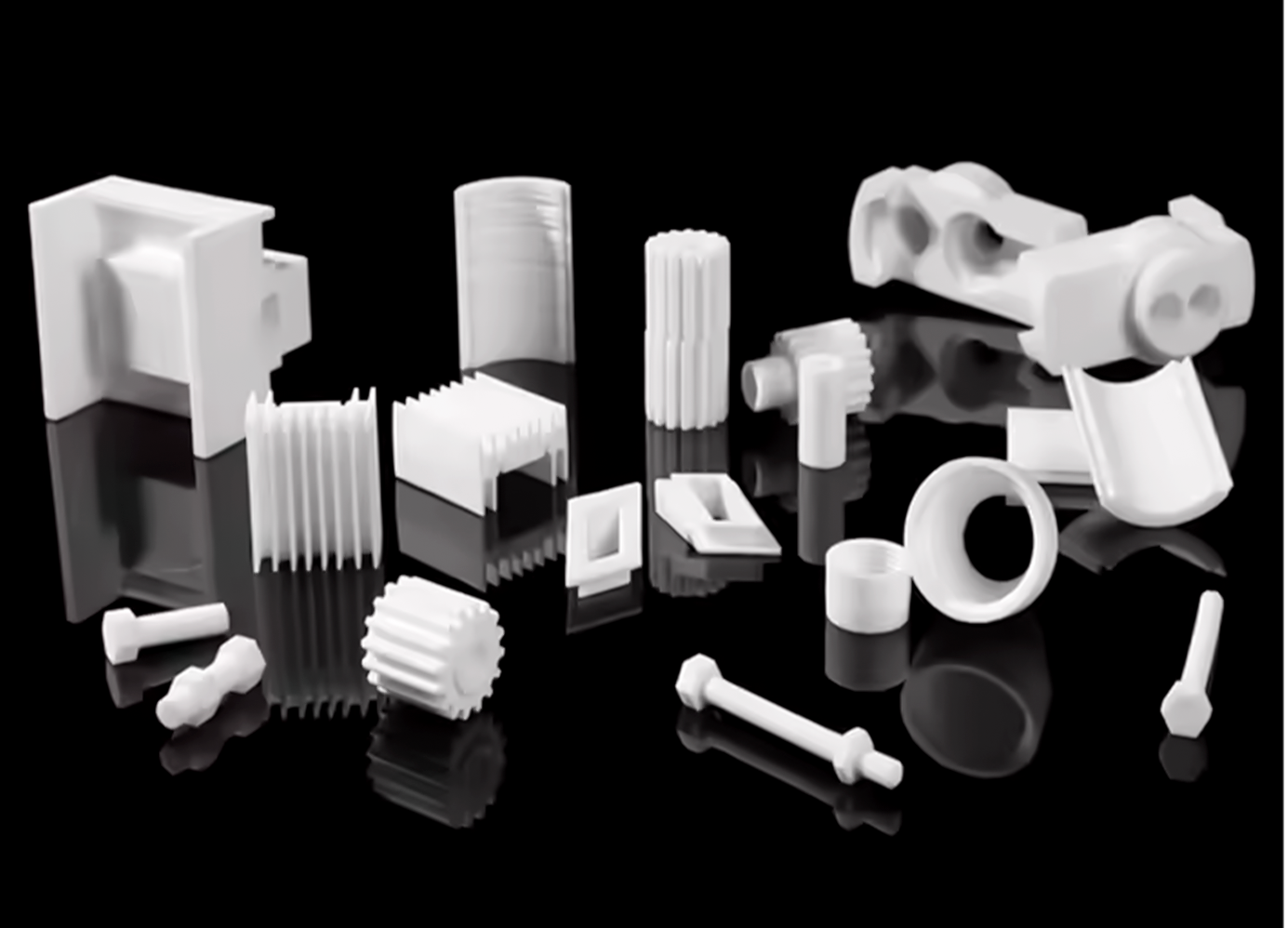
Advantages of 3D Printing
3D printing offers numerous advantages over traditional manufacturing methods.
- Customization: 3D printing allows for the easy creation of custom items tailored to specific needs, without adding complexity or cost. This is perfect for producing personalized products and bespoke solutions that meet unique requirements.
- Complex Geometries: The technology enables the production of intricate designs and complex structures that are often impossible to achieve with traditional manufacturing methods, fostering innovation and advanced product features.
- Reduced Waste: By using only the material necessary for each part, additive manufacturing significantly reduces waste compared to traditional subtractive methods, making it an environmentally friendly option.
- Rapid Prototyping: 3D printing facilitates the quick creation of prototypes to test form, fit, and function, thereby accelerating the overall design and development process.
- Cost-Effective for Small Runs: The technology is economically viable for low-volume production runs, as it eliminates the need for expensive tooling and molds, making it an ideal solution for small-scale manufacturing.
- Speed to Market: With shortened production lead times, 3D printing allows for faster iteration and quicker market introduction of products, enhancing competitiveness and responsiveness to market demands.
Custom 3D Printing Applications
3D printing is a transformative technology with a wide array of applications across different types of parts.
- Prototypes: Quickly create functional and visual prototypes to test design concepts and iterations.
- Custom Tools and Fixtures: Manufacture bespoke tools and jigs tailored to specific production needs, enhancing efficiency.
- Medical Implants and Prosthetics: Produce patient-specific implants and prosthetics, improving fit and comfort.
- End-Use Parts: Create finished parts ready for direct use in various products and applications.
- Architectural Models: Build detailed scale models for presentations and planning in architecture.
- Customized Consumer Goods: Design unique, personalized items such as jewelry, phone cases, and household objects.
- Educational Models: Develop accurate models for teaching and research purposes.
Replacement Parts: Print hard-to-find or obsolete components for repairs and maintenance.
3D Printing FAQs
How much does 3D printing cost?
3D printing cost per part is dependent on a multitude of factors, including design, material, process, and post print operations. Typically, the post print operations account for most of the part cost, especially if manual labor is involved. In general, the laser powder bed sintering processes like SLS and MJF are the most optimal economic choices for end use parts if cost is a key factor.
How do I choose a 3D printing technology?
When selecting a 3D printing technology, first determine critical design requirements like strength, temperature resistance, water resistance, aesthetics, or durability. This will often help you determine if a metal or plastic 3D printing is needed for your application. Check out this 3D printing material selection guide for further assistance on technology options to align with your design requirements.
What type of file format is needed for 3D printing?
Though all file types are ultimately converted to STL (.stl) before printing, the recommended file type to upload is STEP (.stp/.step). SOLIDWORKS (.sldprt), and IGES (.igs/.iges) files. Check out further guidance on how to design .stil files for 3D printing. Learn more about .stl files for 3D printing.
How large of a part can you 3D print?
It depends on the specifications of the 3D printer used. At RapidDirect, we offer a wide range of 3D printing machines to accommodate various sizes and requirements.
Large Format FDM Printers: Capable of printing up to 36 x 24 x 26 inches, ideal for large parts and prototypes.
Large SLA Printers: Can produce prints up to 29 x 25 x 21 inches, perfect for high-detail and smooth-surface applications.
SLS Printers: Unfilled SLS machines have a maximum build dimension of 13 inches, while glass-filled SLS machines can handle up to 26 x 15 x 23 inches.
Industrial Polyjet Printers: Offer a build area of up to 19 x 15 x 7 inches, suitable for high-resolution and multi-material prints.
This diverse selection ensures we can meet your project’s specific size and detail requirements.
What is 3D printing used for?
3D printing has historically been leveraged as a rapid prototyping manufacturing method. With advancements in post-processing options and engineering grade additive materials, 3D printing is often leveraged for end use part production.
Let's Start A New Project Today
